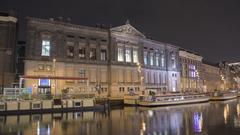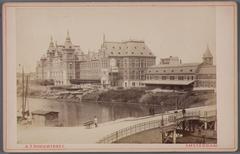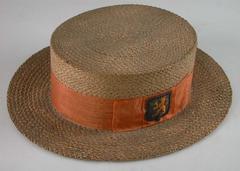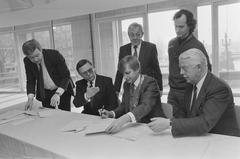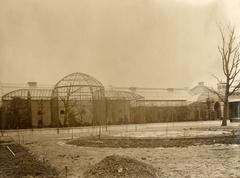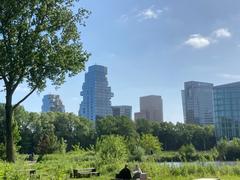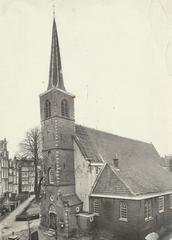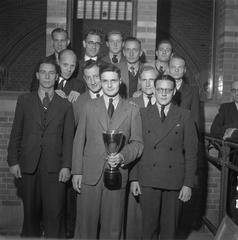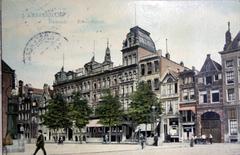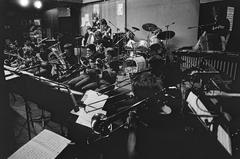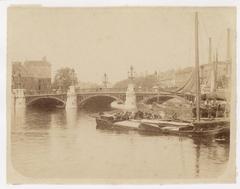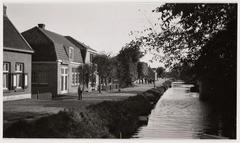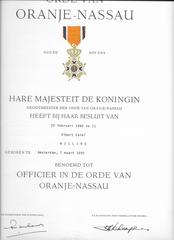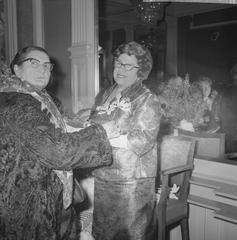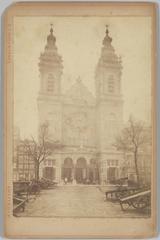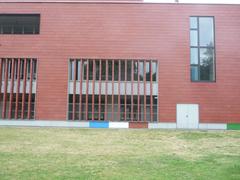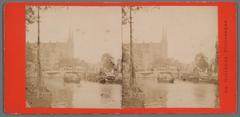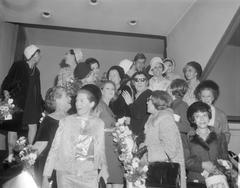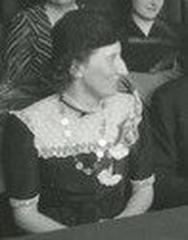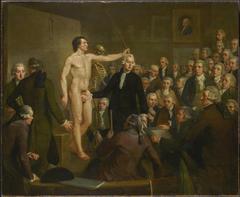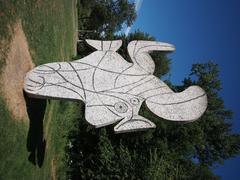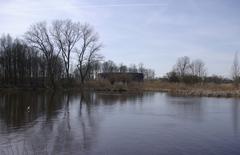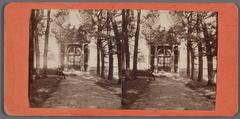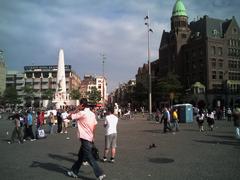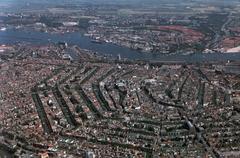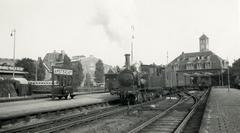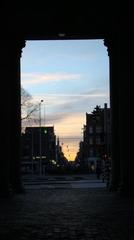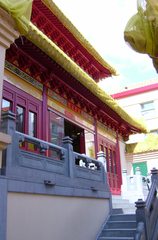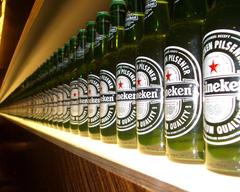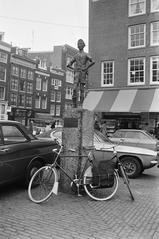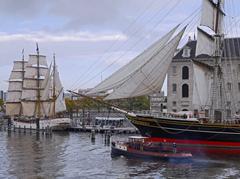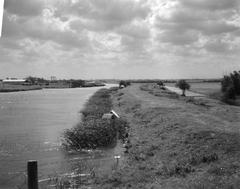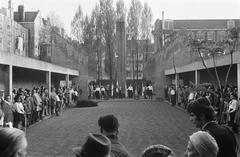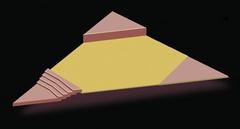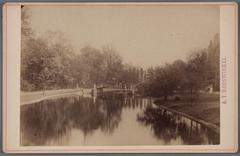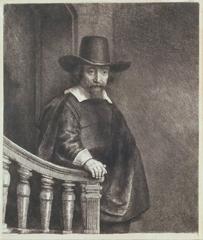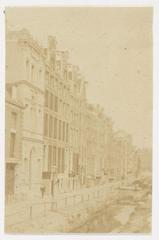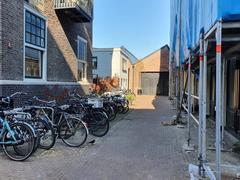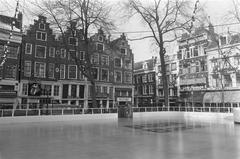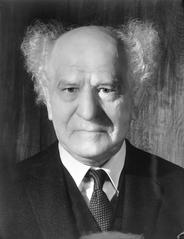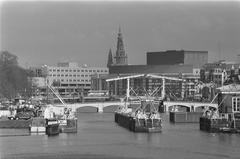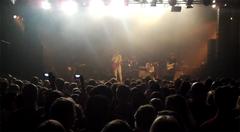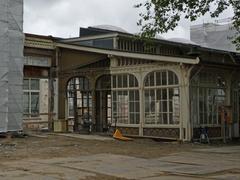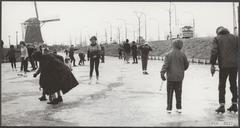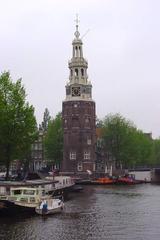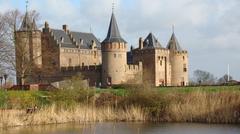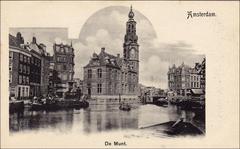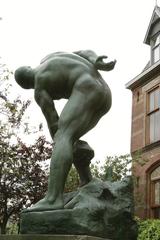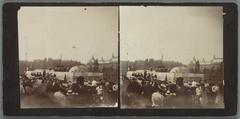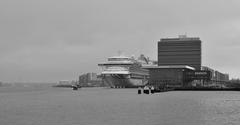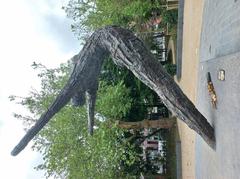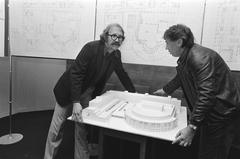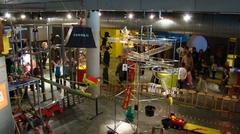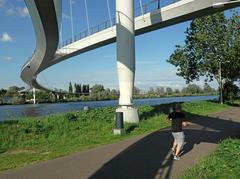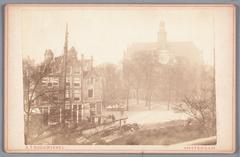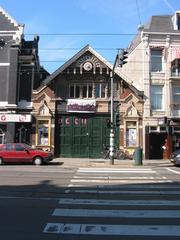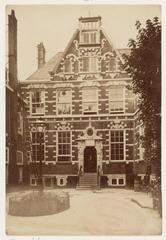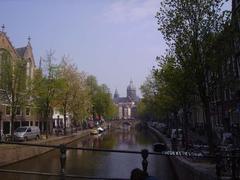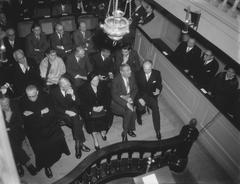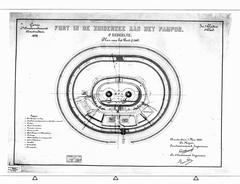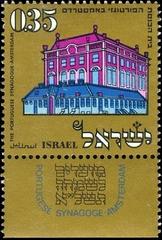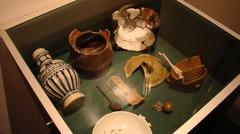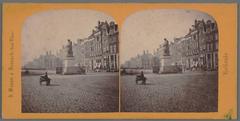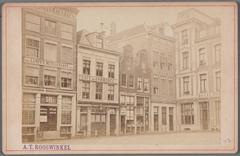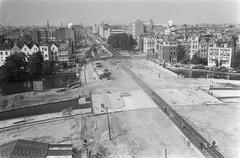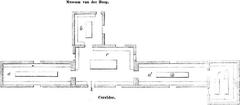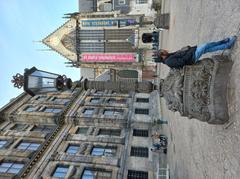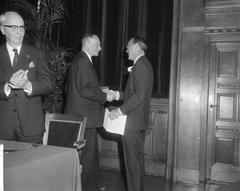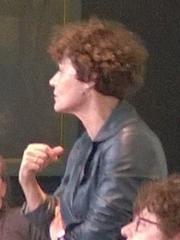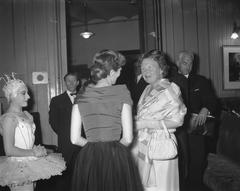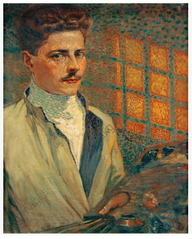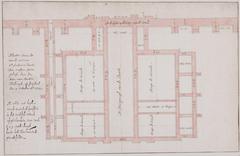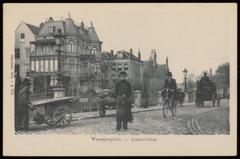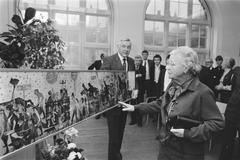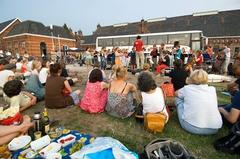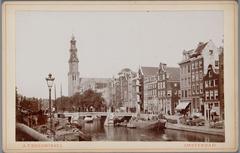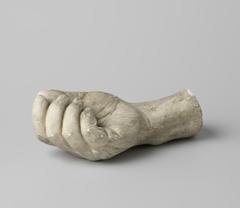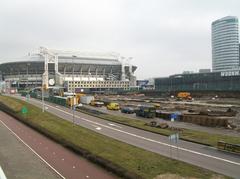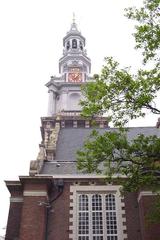
Stadhouderskade 86 Amsterdam: Visiting Hours, Tickets, and Complete Guide
Date: 04/07/2025
Introduction
Stadhouderskade 86 is an architectural and cultural landmark that sits at the crossroads of Amsterdam’s rich artistic heritage and dynamic contemporary art scene. Originally constructed in the 19th century to house the Rijksacademie van Beeldende Kunsten, and now home to De Ateliers, the Netherlands’ oldest post-academic artists’ residency, this building reflects more than a century of creative innovation and urban evolution (monumenten.nl; amsterdamopdekaart.nl). This guide provides a detailed look at the site’s historical background, architectural features, visitor information—including access and ticketing—and insider tips for exploring the surrounding cultural district.
Historical Background
Stadhouderskade 86 was constructed between 1874 and 1875, designed by city architect Bastiaan de Greef as the first purpose-built home for the Rijksacademie van Beeldende Kunsten (monumenten.nl). The academy’s founding in 1870, championed by King Willem III, marked a new era for Dutch art education, and the building’s innovative corridor-school layout—with studios and classrooms flanking a central hall—was tailored to foster creativity and effective teaching (amsterdamopdekaart.nl). In 1992, the Rijksacademie relocated, and Stadhouderskade 86 became the home of De Ateliers, cementing its ongoing legacy as a center for artistic advancement (amsterdamart.com).
Architectural and Urban Context
Style and Significance
Stadhouderskade 86 is a striking example of classicist-inspired eclecticism, with a stately, symmetrical façade of red brick, tall sash windows, and decorative cornices (monumenten.nl). The building’s high ceilings and abundant natural light were designed to inspire artistic production. Its construction coincided with the southern expansion of Amsterdam, placing it along the Singelgracht canal—on the border between the historic canal belt (a UNESCO World Heritage site) and the burgeoning neighborhoods of the late 19th century (wikivoyage.org).
Integration and Urban Placement
Stadhouderskade itself is a vibrant urban boundary, blending historic elegance with modern interventions. Neighboring landmarks include the Vondelpark, the Marriott Hotel, and the bold Byzantium complex by Rem Koolhaas—a symbol of the area’s architectural innovation (amsterdamsights.com). The street’s buildings typically rise four to six stories, maintaining a harmonious scale with their surroundings and fostering a lively, mixed-use urban setting.
De Ateliers: Artistic Innovation
De Ateliers, founded in 1963, is the Netherlands’ oldest post-academic artists’ workspace (amsterdamart.com). Renowned for its two-year residency program, De Ateliers selects around twenty emerging international artists annually, providing them with mentorship from established artists, critics, and curators. This approach has shaped the careers of notable alumni, including Marlene Dumas and Thomas Houseago, and has contributed to Amsterdam’s reputation as a center for contemporary art (Amsterdam Art; ArrivalGuides).
De Ateliers frequently collaborates with other major institutions, such as the Rijksakademie and Stedelijk Museum, and plays a central role in citywide cultural initiatives like Amsterdam Art Week. Its annual Open Studios event is a highlight for art lovers and professionals, offering rare access to working studios and new projects.
Visiting Hours, Tickets, and Access
Visiting Hours
Stadhouderskade 86 is primarily a working studio and residential building. Public access is typically offered only during special events—most notably the annual Open Studios and during Amsterdam Art Week. For up-to-date details, check the De Ateliers website or the Amsterdam Art Week program.
Tickets and Admission
Admission to Open Studios and most public events at De Ateliers is free, though pre-registration may be required. For occasional guided tours or special exhibitions, check event pages for ticketing and booking information.
Accessibility
Stadhouderskade 86 is accessible for visitors with reduced mobility, featuring step-free entry and elevators. Visitors with specific needs should contact De Ateliers in advance to confirm accessible arrangements (Full Suitcase).
Getting There
- Public Transport: Tram lines 2, 5, and 12 stop nearby at Museumplein and Leidseplein (amsterdamsights.com).
- Walking/Biking: Well-connected by cycle paths and pedestrian routes along the Singelgracht.
- Parking: Limited street parking; public transit or cycling is recommended.
Exploring the Area: Nearby Attractions and Tips
Key Attractions
- Museumplein: Home to the Rijksmuseum, Van Gogh Museum, Stedelijk Museum, and Concertgebouw (iamsterdam.com).
- Heineken Experience: Historic brewery and interactive museum.
- Albert Cuypmarkt: The city’s famous open-air market.
- Vondelpark: Popular for strolling and picnicking.
Architecture enthusiasts may also visit the nearby Aurora building, a modernist landmark currently under renovation (kaanarchitecten.com).
Visitor Tips
- Plan Around Events: Visit during Open Studios or Amsterdam Art Week for the best access.
- Photography: Always ask permission before photographing inside studios.
- Accessibility: Although the building is historic, most public areas are accessible—contact De Ateliers for specifics.
- Dining: De Pijp district offers a range of cafés and restaurants close by.
Architectural Highlights and Sustainability
The building’s preservation is complemented by sensitive modern interventions, such as energy-efficient glazing, green roofs, and high-performance insulation, aligning with Amsterdam’s climate goals (iamsterdam.com). City regulations ensure that historic façades are maintained while allowing for contemporary interior adaptations.
FAQs
Q: Are there regular visiting hours?
A: No. Public access is limited to scheduled events, especially the annual Open Studios.
Q: Is admission free?
A: Yes, during public events. Some special tours may require registration.
Q: How do I get there?
A: By tram (lines 2, 5, 12), bicycle, or on foot. Parking is limited.
Q: Is the building accessible?
A: Most public spaces are accessible. Contact De Ateliers with specific needs.
Q: Can I photograph inside?
A: Ask for permission before photographing studios or artworks.
Visual Recommendations
- Exterior shots of “Stadhouderskade 86 De Ateliers entrance”
- Images of “Open Studios at De Ateliers Stadhouderskade 86”
- Maps highlighting “Map to De Ateliers at Stadhouderskade 86 Amsterdam”
- Short video tours or artist interviews
Summary
Stadhouderskade 86 stands as a bridge between Amsterdam’s art-historical legacy and its vibrant present. From its origins as the Rijksacademie’s custom-built home to its current role as De Ateliers, the building sustains a tradition of creative innovation. Its central location near Museumplein and Vondelpark makes it an ideal starting point for cultural exploration, while sustainable renovations and thoughtful planning ensure its relevance for future generations (monumenten.nl; amsterdamopdekaart.nl; amsterdamart.com; iamsterdam.com).
Sources
- monumenten.nl
- amsterdamopdekaart.nl
- amsterdamart.com
- amsterdamsights.com
- wikivoyage.org
- iamsterdam.com
- headout.com
- ArrivalGuides
- Full Suitcase
- kaanarchitecten.com
- iamsterdam.com
- iamsterdam.com (Acceptance)




